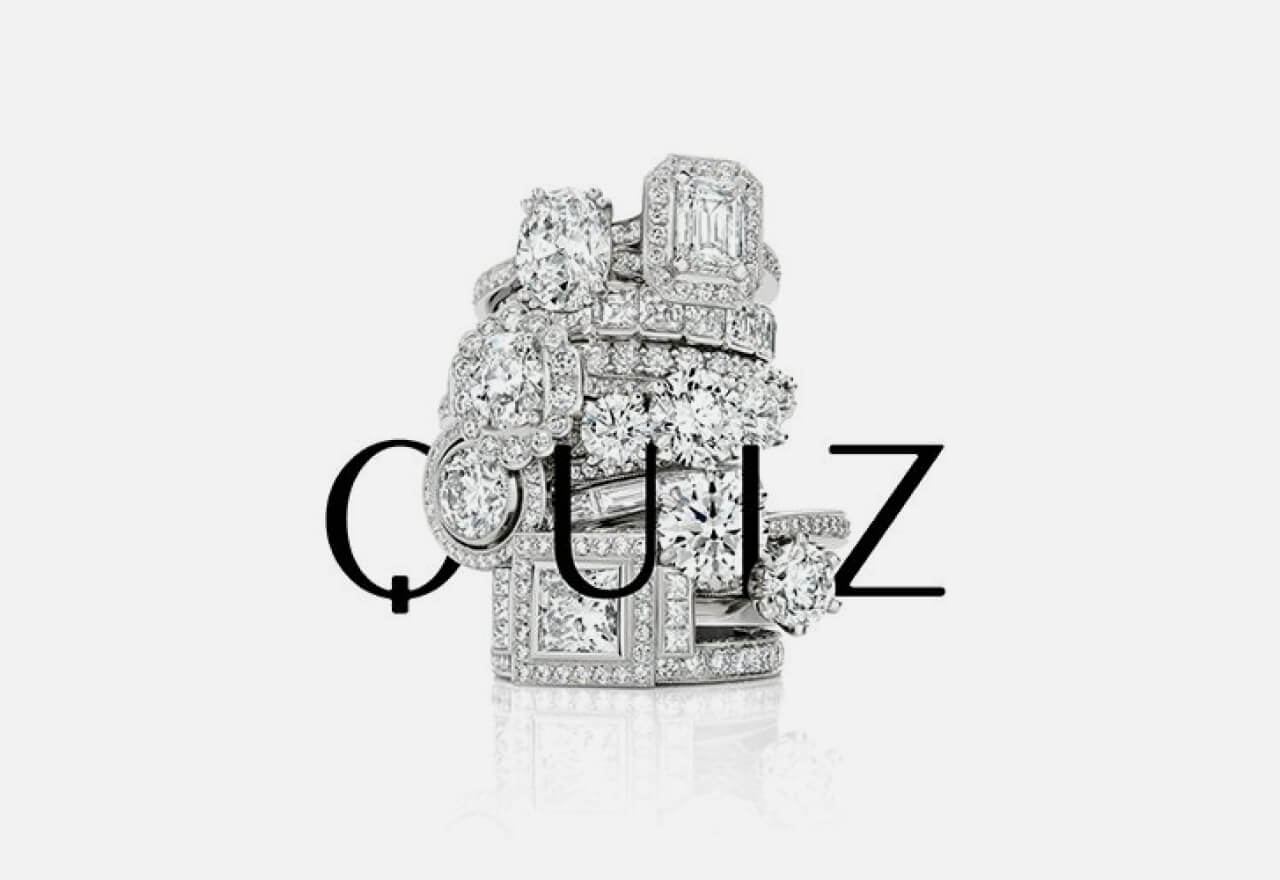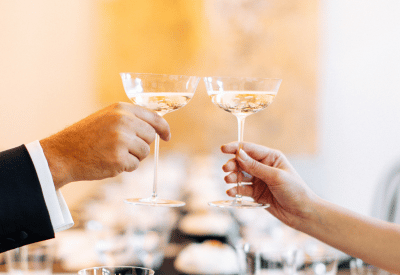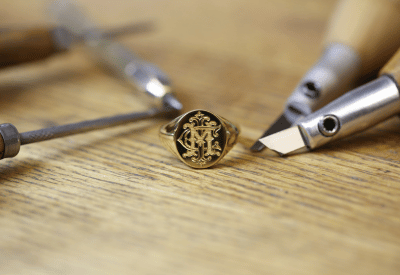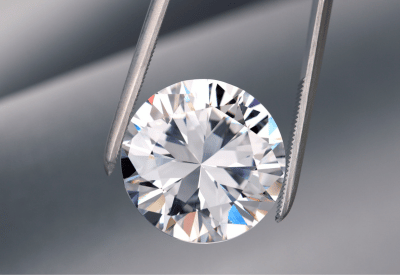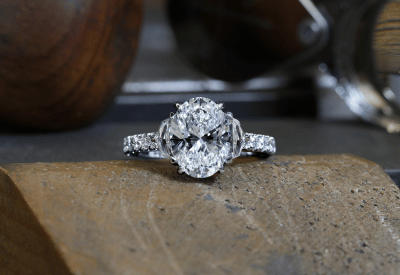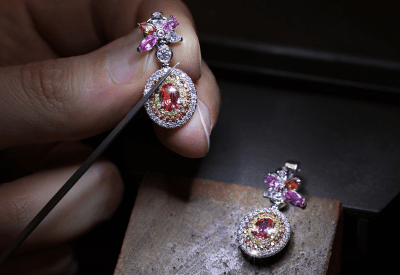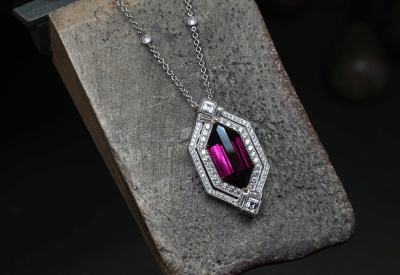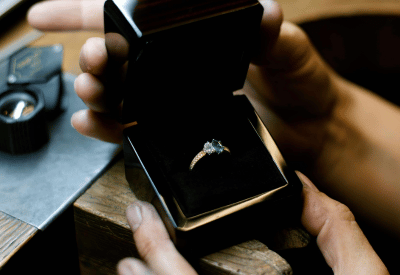1. Let’s clear this up straight away – whiskey, whisky, Scotch or bourbon?
Great place to start!
Whisk(e)y is the overall category that everything fits into. Scotch, Irish, bourbon, rye, Australian – it’s all whisk(e)y.
You’ll notice that sneaky ‘e’ in there. The general rule is Scottish whisky is spelt ‘whisky’ while pretty much everywhere else it’s ‘whiskey’. There are a few exceptions to the rule, but that rule holds for the majority. Think of all the money we’ve saved in printing in Scotland without all those e’s!
The real reason behind it goes back to the Anglicisation of the original term for whisky ‘Uisge Beatha’ (pronounced ‘oshkay bah’), which means ‘Water of Life’. That gradually became ‘Uisge’ and evolved into whisky.
Mipreshus Crystal Decanter
Lalique Crystal Small Tumbler
2. How are single malts regarded when compared with blends and how do rituals of serving whisky neat / with water vs. on the rocks influence the experience?
Ok, firstly on the subject of single malts vs. blends – they both have different places and are both very important in different ways.
Single Malts are made from 100% malted barley and from only one distillery. Being from one distillery they are the absolute essence of that distillery, town and area. The barley, the water and the air form the main ingredients, but so to do the past and present history of the people, surroundings and area. Each glass of single malt has a story behind it and a handful of people who have dedicated their lives in that town to making it. It’s quite romantic really!
Blends are an incredible feat to create being made of around 50% grain whisky and then several different single malts. It would be the job of the Master Blender to create a consistent and enjoyable dram every time although his ingredients may change. Quite an impressive challenge to accomplish with varied whiskies from all over Scotland.
To get the most out of whisky there are 2 main things to consider - the most important of which is your enjoyment. Don’t feel like you have to pick up the aromas of Andalusian hay, the flavours of ripe stewed plums that were picked on a brisk, wet Tuesday. If you like the taste then that’s all that matters. Tasting notes can be rewarding but that can come later.
When pouring into your glass you can choose to drink it straight – just as the Malt Master had created it. Enjoy it as it is. You can add a drop or dash of water which can open aromas and flavours of the whisky up a little. It’s a really good idea to experiment with water and I heartily encourage this to taste the difference. Some whisky you will like straight up and some you might like a dash. Adding ice will mean you lose a little flavour as the whisky chills, but that’s not always a bad thing. A big bold whisky with a little ice can still be a great dram - sometimes just what you need on a warm summer eve.
The second part of getting the most from whisky is respecting it. And I don’t mean you need to bring it out in a parade or put a kilt on and have a ceremonial haggis brought out! Take a brief moment to think of where it came from and the amount of work that went into it. For The Balvenie we have our own traditional malting floors tended around the clock and every grain of barley is cared for. We have our Coopers creating the barrels that will give the best flavour to the spirit and we have our malt master David Stewart MBE. David is about to celebrate 59 years at The Balvenie and is the longest serving Malt Master in the world. Just giving a brief thought to the years of heart and passion makes that first sip of a dram feel all the more worthwhile.

3. What can be considered from colour, nose, taste and finish and how do I describe this?
It’s a gradual process to learn all the flavour notes and how to describe them. Someone once described it to me as similar to learning to read. You memorise one word and you can pick that out in any book. You learn more words and you can pick them out too. Eventually you get a full sentence. Whisky is the same. Find a flavour you can recognise and look for it in different whiskies.
At Glenfiddich our distillery style centres on notes of green apple and pear with vanilla. If you pick one of those notes to get to know, you’ll find variations of that note in all Glenfiddich. Vanilla is a good note to look for across other brands of whisky as a fairly common tasting note. Vanilla notes come from the use of American oak barrels.
When you are tasting whisky you can immediately tell a lot from the colour. If its light and straw like it is most likely aged in American oak barrels. This will lead to aromas of vanilla, honey and bright fruits. If it is dark it may have been aged in European oak, ex sherry barrels. This will show aromas and flavours of raisin, sultana, cinnamon and rich sweetness. Making the connection between what you smell or taste and the actual note is the challenge and there is only one way to get better at - sip more whisky! (Responsibly of course).
4. How do you suggest a non-whisky drinker first introduces themselves to this amber liquid?
Having an open mind and learning the story behind the actual whisky you are about to try will always help. It sets the scene. Understanding where it came from and how it is made just means you can build that appreciation. It’s more than just the fiery liquid you think it is!
So, where to start. Well, I got into whisky when I was 19 at my first pub job at The Fox and Hounds near Glasgow. I’ve always said The Balvenie DoubleWood 12 is how to get people into whisky. It has rich honey and vanilla notes, gentle fruits and a bit of spice. It’s just a great all-round whisky. Most of all it is balanced with no sharp edges and all the complexity you could want in a just the right amount for a new palette.
If you don’t want to start with a straight whisky, experiment with whisky cocktails. I’m always a fan of the Gold Rush which is simple to make at home, always impresses guests and is a surprising twist on the usual aperitifs.

Mipreshus Crystal Old Fashion Glass
5. Can you share a unique whisky-based cocktail many may not have tried?
I’ve tried to land at one cocktail, but I can’t decide between the Glenfiddich Rob Roy or The Caribbean Cask Old Fashioned – so I’ll give you both!
Glenfiddich Rob Roy
This is my all-time favourite. It’s what I order when I’m not sure what I want and always satisfies.
Ingredients:
- 50ml Glenfiddich 15 Solera
- 25ml Sweet Vermouth (preferably Antica Formula if you can get it)
- 1 dash Angostura bitters
Method:
Stir over ice until nice and cold, serve in a coupette glass such as your Lalique and Lobmeyr coupes with either an orange peel or a marschino cherry depending on your mood.

Caribbean Cask Old Fashioned
A twist on the classic with sweet notes of honey, tropical fruit and toffee shining through in a simply-made cocktail. The orange peel really brings out the zesty citrus inherent within The Balvenie.
Ingredients:
- 50ml The Balvenie 14 Caribbean Cask
- 1 brown sugar cube (or 15 ml sugar syrup – adjust to taste)
- Dash Angostura bitters
Method:
Stir over ice and strain over one large block of clear ice into an Old Fashioned glass - like the Mipreshus tumbler. Garnish with orange peel.

Ross Blainey's Top Four Selects
-
Mipreshus Crystal Old Fashion Glass - The experience immediately becomes contemporary with these angular glasses. This is the tumbler I would choose to serve my Balvanie Old Fashioned cocktail. A crystal glass with some weight that is an experience to hold. A cocktail with such an indulgent ingredient deserves a special glass.
-
Lalique Crystal Small Tumbler - It’s all about heightening senses for the optimal whisky experience – the pattern cut into the crystal feels incredibly tactile along the fingers and palm.
-
Josef Hoffman Patrician Champagne Coupe - These champagne coupes are perfect for serving a Rob Roy or straight up cocktail style drink. Long stems are used in the top bars of the world right now. Having an element of elegance with a powerful cocktail provides a great balance.
- Seven Deadly Sins Glasses - Set of Seven - Whisky is all about stories. I love the idea of having a dinner party and handing out the glasses explaining the story behind their hand-painted ‘Sins’ and ‘Virtues’ images, which might just encourage your guests divulging a little of their past sins - or virtuous stories!

@thewhiskyspecialist
Browse fairfax & roberts homewares


